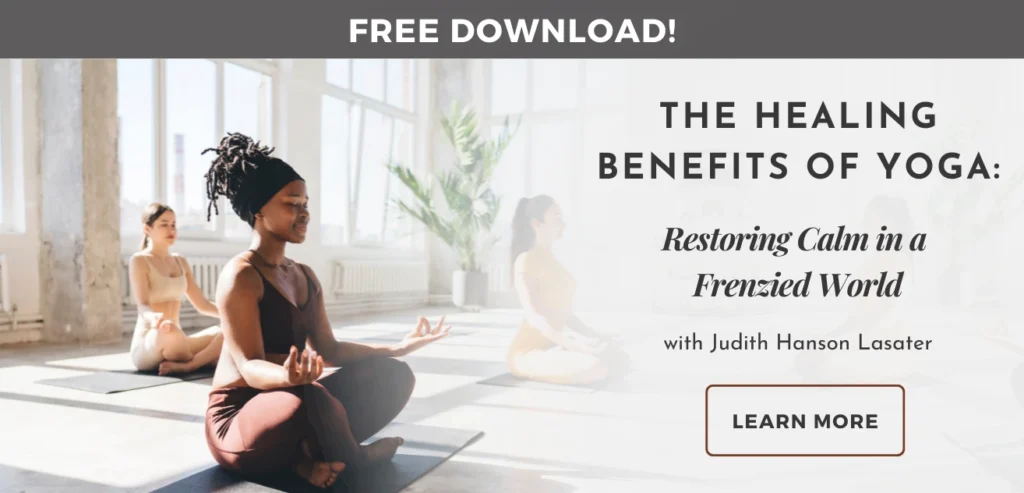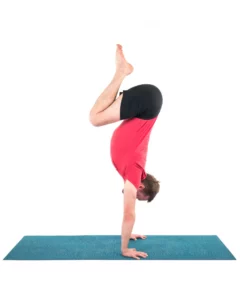3 Ways to Support Sexual Assault Survivors in Your Yoga Class

Because one in three women has experienced sexual trauma, being mindful about how we support survivors is a matter of both public health and social justice. As you prepare to teach your next yoga class, here are three trauma-informed ways to create more safety and support for the survivors who show up in your space.
Make Everything in Your Yoga Class Optional

As survivors, we have a common experience of not being in control of our bodies for at least one moment in our lives. As a teacher, you can counteract the lived pain of survivors by explicitly stating at the beginning of class that everything you teach is optional and everyone has full autonomy over their bodies in every moment of your class.
When sharing with students that everything you teach is optional, it can help give examples of the choices available to them at any moment. Options might include taking a walk, getting some water, lying down, or putting their legs up the wall. Even if they don’t use any of those options, just knowing they exist can help students’ nervous systems relax, allowing them to feel safer in your space.
The chart below gives examples of trauma-informed yoga teaching language you can use to communicate that your class is a place where students can choose what they want for their bodies. Such language reinforces that their choices are welcomed and encouraged.
Invite Students to Experience the Present Moment

When survivors experience the present moment at their own pace, it lets them take a break from the often intrusive memories and thoughts flooding their bodies and brains. As teachers, we can provide students with opportunities to have present-moment experiences in safe and titrated ways so that they can start feeling comfortable in the present moment.
Because being present in our bodies can be painful and even triggering for survivors, as teachers, we want to move slowly and gently when inviting students to experience themselves. One of the best ways to do this is by making invitations for students to notice what’s happening in their bodies throughout class. As you invite students to notice what’s happening in their bodies, you can also remind them that they can also choose not to notice. It’s their choice. The chart below gives some examples of trauma-informed yoga teaching language you can use to invite students into the experience of the present moment.

Trauma-Informed Yoga: Invite Students to Find Their Own Rhythms

The experience of living with trauma can leave us feeling off balance, both physically and energetically. Thus, survivors often feel out of sync with our bodies, ourselves, and others. This can show up as issues with basic life rhythms like sleeping, eating, digesting, and energy flow.
Students can connect with two types of rhythms in a yoga class: the rhythm of the group and/or their own personal rhythms. Because trauma survivors often feel disconnected from other people, the experience of being together and moving collectively in a class can be powerfully healing. Starting to notice the personal rhythms inside our bodies—our breath, the tension, and the release of our muscles—can be a gentle way of moving from dissociation into presence.

I invite you to get curious and try out some of these trauma-informed approaches and see how they feel for you. They may seem subtle but they could make a huge difference for survivors.
Also, read...
Teaching Yoga: The Wisdom of Not Knowing
Icicles and Gratitude
How to Overcome the 4 Most Common Yoga Teacher Challenges: The Power of Niche Building
Related courses

Halli Faulkner is a Yoga Therapist and Trauma-Informed Trainer. When she’s not teaching, she likes to swim, watch reality TV, or hang out with her beautiful wife and feisty four-year-old daughter. You can find her at @hallifaulkner and www.hallifaulkner.com.




